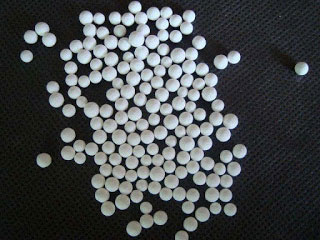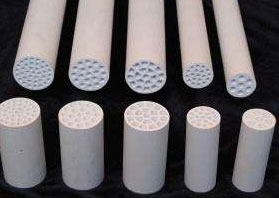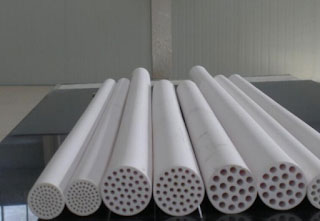In recent years, with the depletion of ore resources such as spodumene and dolomite, the development and utilization of salt lake brine lithium resources have received extensive attention at home and abroad. China is a salt lake country with abundant resources such as potassium, magnesium, lithium and boron. It is mainly distributed in Qinghai, Tibet, Xinjiang and Inner Mongolia. However, the magnesium-lithium ratio of magnesium salt resources in salt lakes in China is high, which hinders its development and utilization. According to the characteristics of China's brine water resources, after years of exploration and research, researchers have proposed the extraction of lithium from salt lake brine by adsorption, solvent extraction and nanofiltration membrane methods. The adsorption method has problems such as high cost, small scale, difficult granulation, and small adsorption capacity. The extraction method has broad application prospects, but it faces difficulties in equipment corrosion and loss of extractant.
Nanofiltration membrane separation is a new method for the
extraction of lithium from salt lake brine. The main principle is that the brine is circulated and concentrated by a monovalent selective ion exchange membrane through a primary or multi-stage electrodialyser to obtain a lithium-rich low-magnesium brine. After preliminary and deep removal of magnesium and concentration, lithium carbonate is obtained. However, the initial removal of magnesium from sodium carbonate and the deep magnesium removal process of sodium hydroxide resulted in about 8% magnesium hydroxide waste residue containing lithium carbonate resulted in waste of magnesium salt resources in the salt lake. Therefore, recycling and utilizing magnesium hydroxide waste has certain economic value and environmental significance.
Using magnesium slag as a raw material, lithium carbonate is converted into lithium bicarbonate with high solubility by carbonization of ammonium hydrogencarbonate, thereby achieving one-step separation of magnesium and lithium. The lithium hydrogencarbonate solution is treated by a constant temperature thermal decomposition method to obtain high-purity lithium carbonate. This production process is simple and operability. This provides a feasible way for the efficient use of salt lake magnesium lithium resources.
 Application Of Ceramic Membranes In Wine Industry And Its Application Prospects
01 Feb 2019
Application Of Ceramic Membranes In Wine Industry And Its Application Prospects
01 Feb 2019
 Ceramic Membrane For Traditional Chinese Medicine Production And Plant Extraction
05 Feb 2019
Ceramic Membrane For Traditional Chinese Medicine Production And Plant Extraction
05 Feb 2019
 Application Of Ceramic Membrane Equipment In Transformer Oil And Gas Separation
12 Feb 2019
Application Of Ceramic Membrane Equipment In Transformer Oil And Gas Separation
12 Feb 2019
 Ceramic Membranes Are Used In The Automotive Field Due To Their Good Performance
27 Jan 2019
Ceramic Membranes Are Used In The Automotive Field Due To Their Good Performance
27 Jan 2019


 +86-25-58849045
+86-25-58849045 
 No. 9 Yuansi Road, Pukou, Nanjing, Jiangsu, China 211808
No. 9 Yuansi Road, Pukou, Nanjing, Jiangsu, China 211808